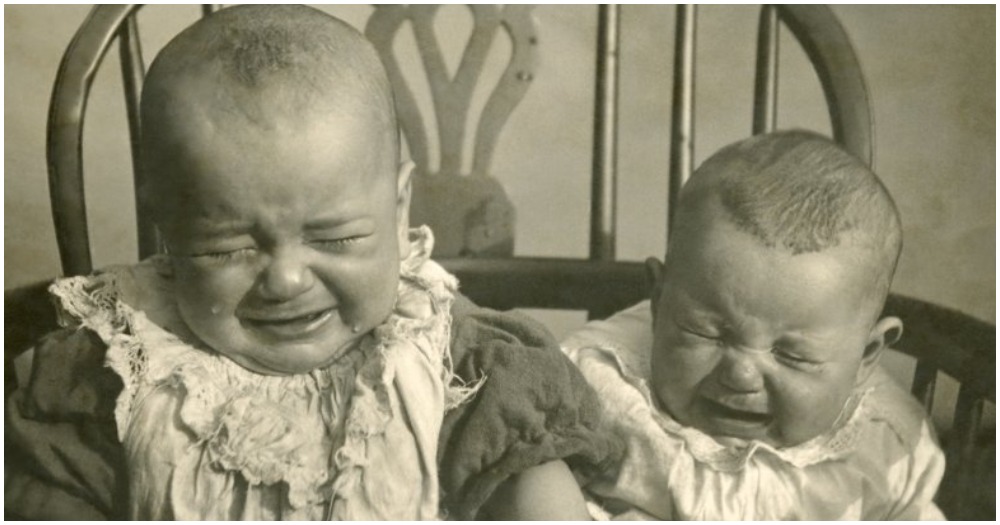
10. Amelia Dyer and the baby farmers
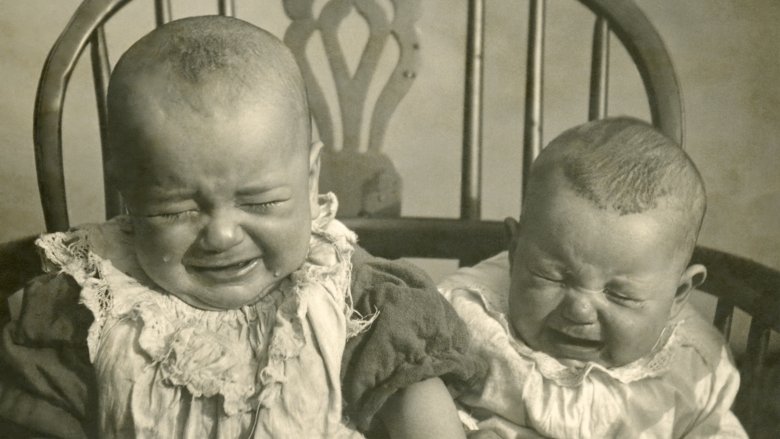
Amelia Dyer and the baby farmers you were to ask humanity just how dark it can get, it would answer with the Victorian-era baby farmers.
Psychologist Joni E. Johnston set a little context. At the time, most people were a little shaky on how not to get pregnant, and when they did, it could be the stuff of life-changing ruin. An entire group of women made a living taking care of these unwanted children or acting as brokers to get them into happy homes—for a fee. Some were loving people who legitimately helped mother and baby. Others…not so much.
There’s headline after headline detailing the death counts attributed to the worst of the baby farmers, women who would take the child and their fee for finding him or her a new home…and then just kill the baby. Trials would cite counts of dozens of infanticides, and one of the worst (that we know of) was Amelia Dyer, who provided her services to desperate mothers for more than 30 years. According to the BBC, she charged the equivalent of $10,000 in today’s cash, and at the time of her capture, took in an average of six babies every day. She was convicted after the body of baby Helena Fry was fished out of the Thames, and she admitted to police every baby strangled with tape “was one of mine.” It’s not known how many she killed, but the number is certainly in the hundreds.
11. Hysterectomies were performed as treatment for mental illness
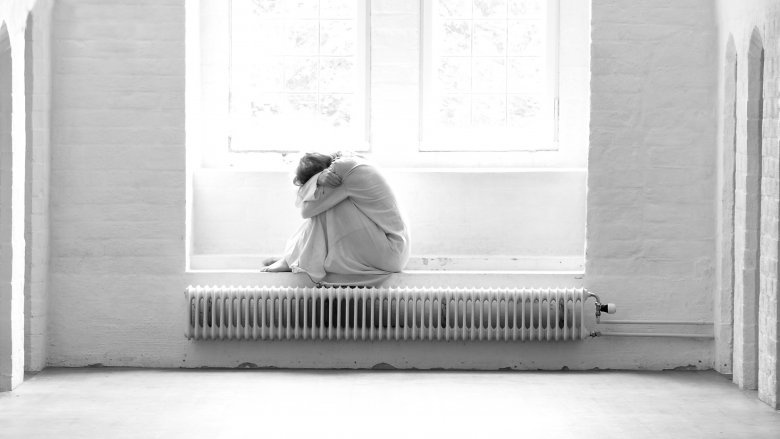
There’s no shortage of reasons a woman could find herself committed to an insane asylum in the Victorian era, and once she was there, what were doctors to do with her? According to the teachings of Dr. R. Maurice Bucke, the thing to do was to get rid of what was causing his patients’ madness: their reproductive organs.
Bucke was the superintendent at the London Asylum for the Insane from 1877 to 1902, and according to their histories, he performed more than 200 surgeries on women in the hopes of, well, knocking loose whatever was driving them batty. That included 16 hysterectomies and 22 operations undertaken to move the uterus back to its rightful position because presumably, it had wandered off. (We’re totally not making that up.) In 1898, he gave a speech to the American Medico-Psychological Association, detailing some of his cases, like a woman identified as LM. She had violent tendencies and seizures, was diagnosed with “intense irritation of both ovaries” and after they were removed, she “was quite well.”
We should also note there were plenty of doctors who were skeptical about the idea, but that didn’t stop Bucke from being held in high esteem as a leader in Canada’s gynecological community as well as in London.
12. Athletes used performance-enhancing drugs…like strychnine

For as long as there’s been a sport, there’s been the desire to be the best. That’s not odd, but what is odd is the doping Victorian athletes did for some weird sports, like pedestrianism. That’s long-distance walking, and walkers would cover hundreds of miles over the course of a few days, and they did it by going around and around a track (and around, and around…).
According to The Guardian, a pedestrianism scandal kicked off in 1876, when American competitor Edward Weston tried to cover 115 miles in a day. (He finished less than six miles short.) In order to stay awake, Weston chewed coca leaves throughout the “race” and the outrage wasn’t because he used cocoa, it was because he was also being used in a physiological experiment whose results were supposed invalidated by his habit. At any rate, Weston’s chew was just one of the ways Victorian athletes fought off fatigue and muscle aches. They used “tonics” and those were anything from cocaine and alcohol to strychnine.
Yes, that strychnine. It’s rat poison, and in high enough doses it pulls the facial muscles into a smile as it shuts down the respiratory system…while a person is still conscious. According to io9, athletes would inject strychnine to cause an effect, not unlike coffee, but deadlier. Why not just drink coffee? Who the heck knows.
13. Theater stampedes, fires, and deaths
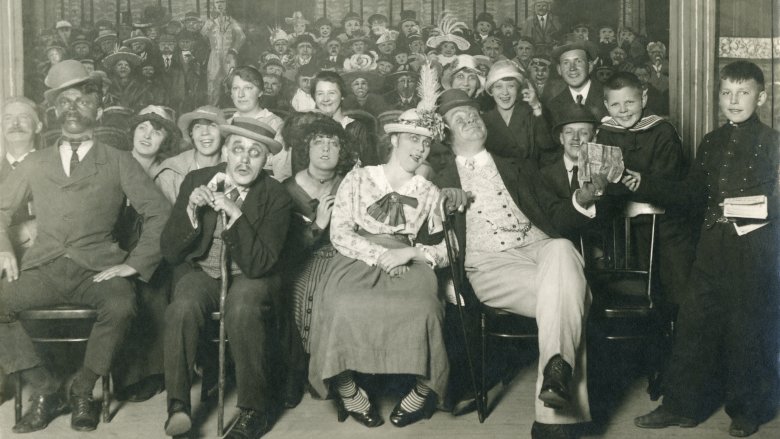
You can’t go into any public building without seeing emergency exits and maximum capacity signs. But safety hadn’t been invented in the Victorian era, and it was a string of tragedies that made people decide something needed to be done to keep this from happening.
In 1876, the Brooklyn Theatre burned—along with 278 people—after a lantern fell over on stage. There was nothing wrong with the building by the standards of the time, but when fire and panic both broke out, people trying to flee were trapped in a staircase. According to Atlas Obscura, 103 were never identified, but the public outpouring of grief was so great a monument was erected over a mass gravesite.
The worst was arguably the Victoria Hall Disaster of 1883. Around 2,000 children—most 7 to 11 years old—crowded into Victoria Hall to see some traveling entertainers. In the end, the group announced children with certain numbers on their tickets would be given prizes, and the ensuing stampede trapped children in the stairwells. It took half an hour to dislodge the crowd, and 183 kids were dead. The Smithsonian magazine says it was this tragedy that sparked the invention of the push-bar emergency exit, but this simple, life-saving invention wasn’t immediately implemented…at a massive cost. In 1903, the lives of 602 people might have been saved when the Iroquois Theater burned in Chicago. It had been built only five weeks before.
14. Their new-fangled gas lights were dangerous
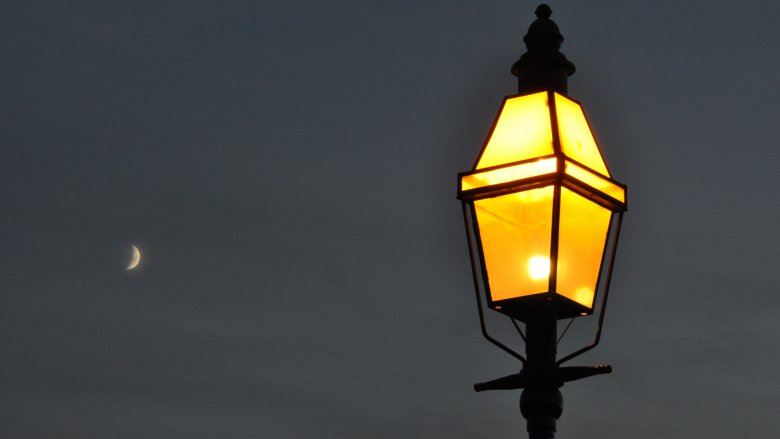
Can you imagine being the first one on the block to have these new-fangled things called indoor light fixtures? We can’t, but the Victorian era saw a huge advancement from candlelight to indoor, gas-fueled light fixtures that changed the way mankind saw the night.
But it came at a cost, and according to Country Life, the development first came on a commercial scale that would allow employees to work longer and later. That’s the first strike, and the second came when these lights started popping up in homes. Not only was there cutthroat competition resulting in some serious sabotage of gas lines, but when that sabotage happened in homes it led to fires, explosions, and leaking coal gas, which was essentially methane, hydrogen, sulfur, and carbon monoxide. You’ve seen those heavy drapes covering Victorian windows, right? How fast do you think all that gas started building up? It’s entirely possible that all (or, at least some) of the fainting going on during the Victorian era wasn’t just people being dramatic, it was the gas.
The gas lights—and toxic fumes—have also been linked to the Victorian obsession with ghosts and the occult. According to The Guardian, hallucinations caused by the gas fumes is one of the things (among a number) that led to the rise of ghost stories and spiritualism. Hey, that’s a bonus, right?
15. Death photography
https://www.youtube.com/watch?v=QPnIRId-S7Y
The Victorians were a little bit obsessed with death. And it makes sense when you consider the smorgasbord of diseases that stalked Victorians—measles, scarlet fever, diphtheria, rubella, typhus, and cholera. It was a sort of gauntlet of death that children and adults alike ran through every day. Those very real threats and sense of loss led to people keeping memento mori (Latin for “remember you must die”) trinkets, like locks of hair and photos of the dead.
Remember that photographs were still a fairly technology, and they were only starting to become affordable in the mid-1800s. As such, it was often only when something tragic happened that people would think to immortalize their loved ones in photographs. That gave rise to the seriously creepy trend of death photography.
The bodies were often kept at home for the mourning period, and photographs were staged with not just the deceased, but their parents or siblings, sometimes posing as if everyone was still alive. Children sat with their dead parent, parents held their dead children…you get the idea. Some photos even show faces with open eyes that were painted right on the photo. They’re eerie, creepy, and incredibly heartbreaking, especially when you consider these photos capture the one and only chance that many grieving families had to get a photo of their loved ones.
Credits: grunge.com
